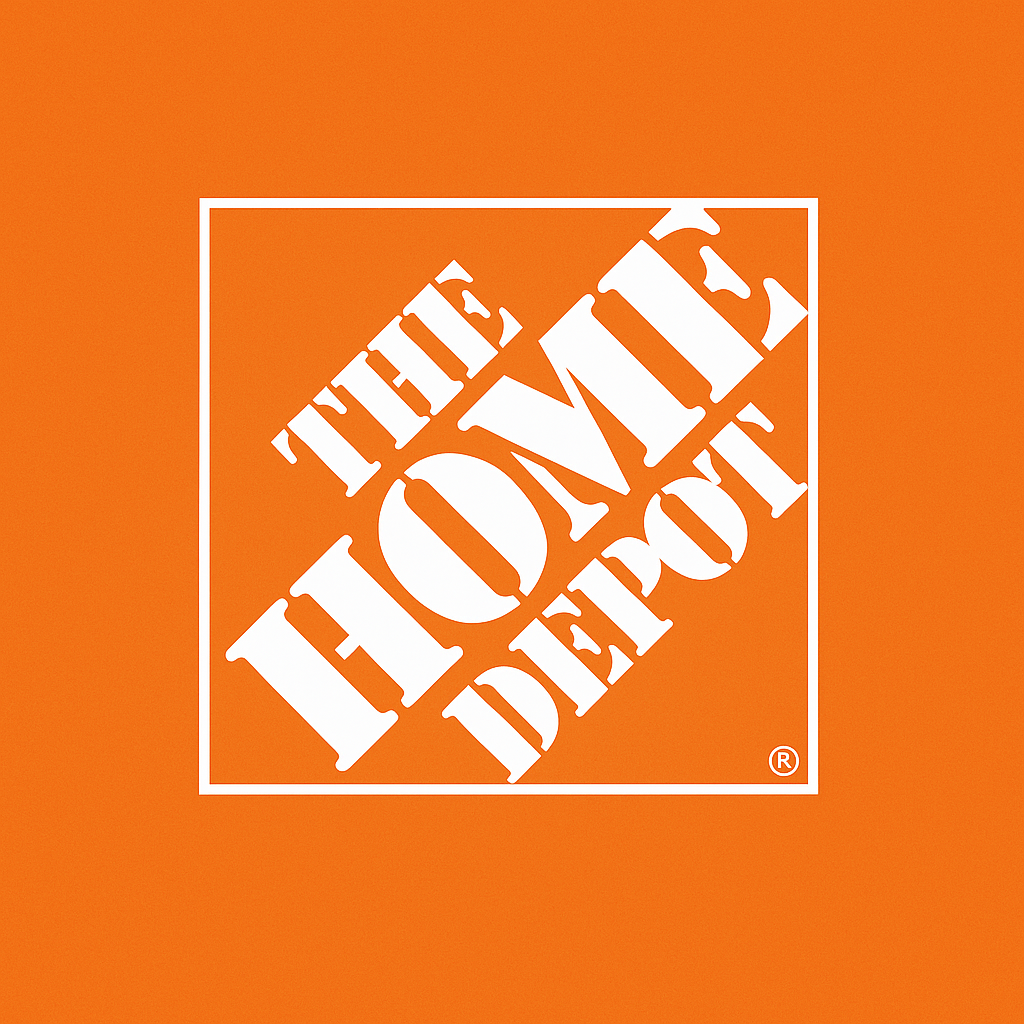Home Depot posted higher sales in its second fiscal quarter, showing resilience in the home improvement sector even as U.S. consumers scale back on big-ticket purchases amid economic uncertainty.
Rising Demand for DIY and Small Projects
The company said shoppers are focusing more on small-scale, do-it-yourself projects rather than costly renovations. Demand for essentials such as paint, tools, and seasonal goods offset softer sales in large categories like appliances and flooring.
Chief executive Ted Decker noted that while inflation and higher interest rates are weighing on household budgets, homeowners remain committed to maintaining and improving their living spaces. “Customers are prioritizing affordable projects that add value without requiring major financial commitments,” he said.
Consumer Behavior and Adaptability
Despite broader signs of reduced discretionary spending, Home Depot’s results reflect its ability to adjust to shifting consumer habits. Retail analysts suggest that its diverse product mix positions the company to benefit even when customers choose maintenance and repairs over major remodels.
“People are being more selective with their money, but they’re still investing in their homes,” said retail analyst Laura Chen.
Market Outlook
Shares of Home Depot rose after the earnings announcement, with investors encouraged by the company’s performance. However, executives warned that ongoing weakness in the housing market and tighter consumer spending could affect growth in the months ahead.
The company reaffirmed plans to focus on cost control, strengthen its supply chain, and expand digital sales platforms to support future demand.
Conclusion
Home Depot’s latest results highlight the continued importance of home improvement spending, even in a cautious consumer environment. By tapping into demand for smaller, budget-friendly projects, the retailer has managed to sustain growth while navigating broader economic pressures.



